Fönsterramar
Not
Den här designguiden skapades för Windows 7 och har inte uppdaterats för nyare versioner av Windows. Mycket av vägledningen gäller fortfarande i princip, men presentationen och exemplen återspeglar inte vår nuvarande designvägledning.
De flesta program bör använda standardfönsterramar. Uppslukande program kan ha ett helskärmsläge som döljer fönsterramen. Överväg att använda glas strategiskt för ett enklare, lättare och mer sammanhängande utseende.
Med en fönsterram kan användare ändra ett fönster och visa rubriken och ikonen för att identifiera innehållet.
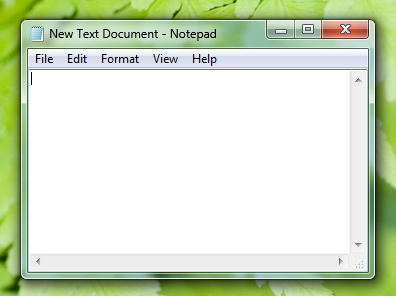
En typisk fönsterram.
Obs! Riktlinjer för fönsterhantering och varumärkesanpassning presenteras i separata artiklar.
Designbegrepp
Fönsterkarmar i glas
Glasfönsterramarna är en slående ny aspekt av Microsoft Windows-estetiken, som syftar till att vara både attraktiv och lätt. Dessa genomskinliga ramar ger windows ett öppet, mindre påträngande utseende, vilket hjälper användarna att fokusera på innehåll och funktioner snarare än gränssnittet som omger det.
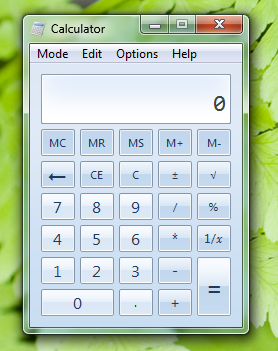
Glasfönsterramar.
Du kan använda glas strategiskt i små regioner i ett fönster som berör fönsterramen. Sådana regioner verkar vara en del av fönsterramen, även om de tekniskt sett är en del av fönstrets klientområde.
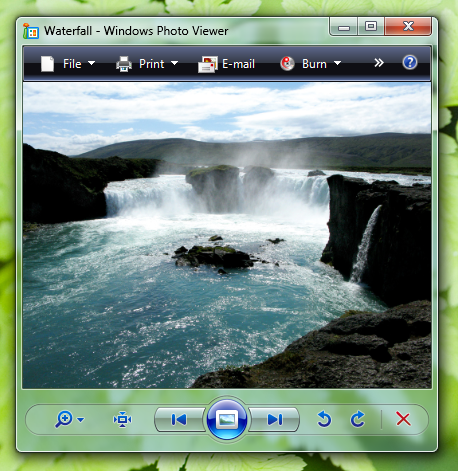
I det här exemplet används glas i klientområdet för att få det att se ut som en del av ramen.
Dolda ramar
Ibland är den bästa fönsterramen ingen ram alls. Detta är ofta fallet för primära fönstret av uppslukande helskärmsläge program som inte används tillsammans med andra program, till exempel mediaspelare, spel och kioskprogram.
Innehållsvisningsprogram drar ofta nytta av att ha möjlighet att visa innehåll i helskärmsläge. Exempel är Windows Internet Explorer, Windows Live Photo Gallery, Windows Movie Maker HD, Microsoft PowerPoint och Microsoft Word.
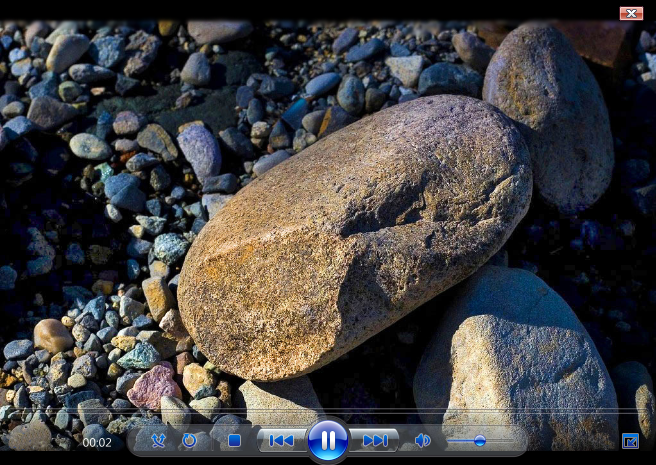
I det här exemplet kan Windows Media Player visa innehållet i helskärmsläge.
Anpassade ramar
De flesta Windows-program bör använda standardfönsterramarna. Men för uppslukande, helskärmsbaserade, fristående program som spel och helskärmsprogram kan det vara lämpligt att använda anpassade ramar för alla fönster som inte visas i helskärmsläge. Motivationen att använda anpassade ramar bör vara att ge den övergripande upplevelsen en unik känsla, inte bara för varumärkesanpassning.
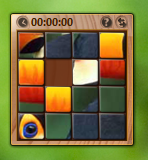
Anpassade ramar är lämpliga för uppslukande, helskärmsbaserade, fristående program, till exempel spel.
Riktlinjer
Fönsterrutor
Använd standardfönsterramar.
-
Undantag: För att ge uppslukande helskärmsappar en unik känsla:
Överväg att dölja fönsterramen i det primära fönstret.
Överväg att använda anpassade ramar för sekundärt fönster.
Om en anpassad ram är lämplig väljer du en design som är lätt och inte drar för mycket uppmärksamhet till sig själv.
felaktig:
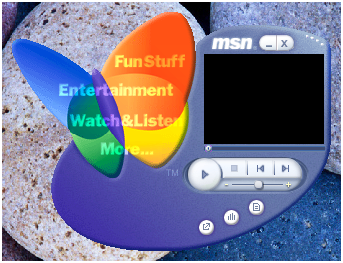
I det här exemplet drar den anpassade ramen för mycket uppmärksamhet åt sig själv.
-
Undantag: För att ge uppslukande helskärmsappar en unik känsla:
Lägg inte till kontroller i en fönsterram. Placera kontrollerna i fönstret i stället.
felaktig:

rätt:

I rätt exempel är kontrollen inom klientområdet i stället för fönsterramen.
Helskärmsläge
För program som har ett valfritt helskärmsläge för att aktivera helskärmsläge:
Ha ett modalt helskärmskommando i menyraden eller verktygsfältet. När användaren klickar på kommandot visar du kommandot i dess valda tillstånd.
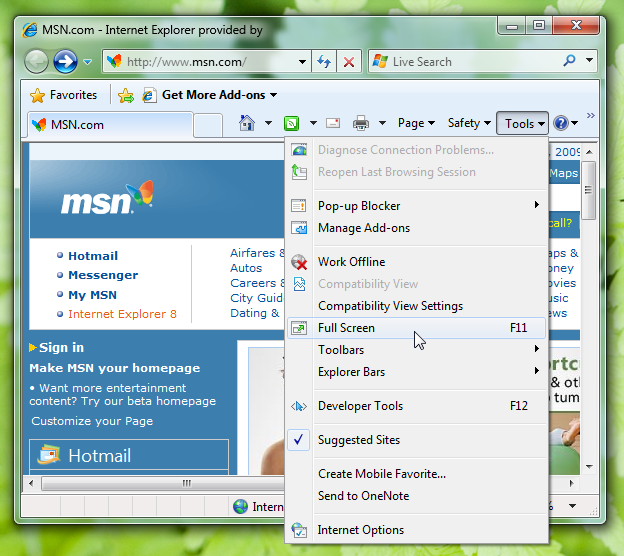
Det här exemplet visar helskärmskommandot tillsammans med dess standardgenvägsnyckel.
Använd F11 för kortkommandot i helskärmsläge.
Om det finns ett verktygsfält och helskärmsläge används ofta, har du även en knapp för grafiskt verktygsfält med en knappbeskrivning för helskärm.

Exempel på verktygsfältsknappar i helskärmsläge.
Så här återställer du från helskärmsläge:
- Ha ett modalt helskärmskommando i menyraden eller verktygsfältet. När användaren klickar på kommandot visar du kommandot i dess avmarkerade tillstånd.
- Använd F11 för kortkommandot i helskärmsläge. Om du inte redan har tilldelats kan Esc också användas för det här ändamålet.
Glas
Standardfönsterramar använder glas automatiskt i Windows, men du kan också använda glas i regioner som berör fönsterramen.
- Överväg att använda glas strategiskt i små regioner som rör vid fönsterramen utan text. Detta kan ge ett program ett enklare, lättare och mer sammanhängande utseende genom att göra att regionen verkar vara en del av ramen.
-

- I det här exemplet fokuserar glas användarens uppmärksamhet på innehållet i stället för kontrollerna.
- Använd inte glas i situationer där en vanlig fönsterbakgrund skulle vara mer attraktiv eller enklare att använda.
rätt:

I det här exemplet används glas för att ge Alt+Tab-fönstret ett lätt utseende. Glas fungerar för det här fönstret eftersom det består av grafik och en enda stark textetikett.
felaktig:
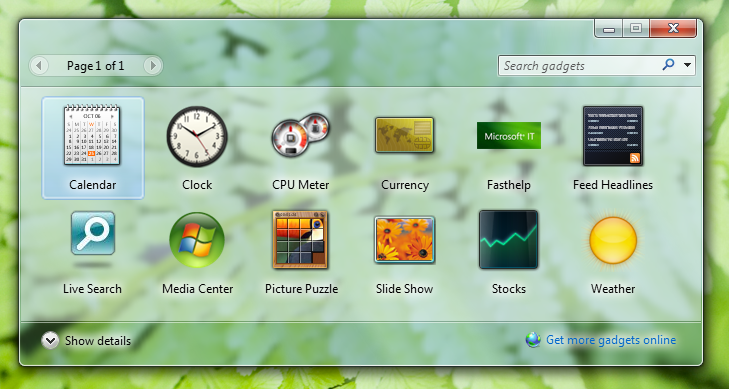
I det här felaktiga exemplet är användningen av glas distraherande. En vanlig fönsterbakgrund skulle vara ett bättre val.